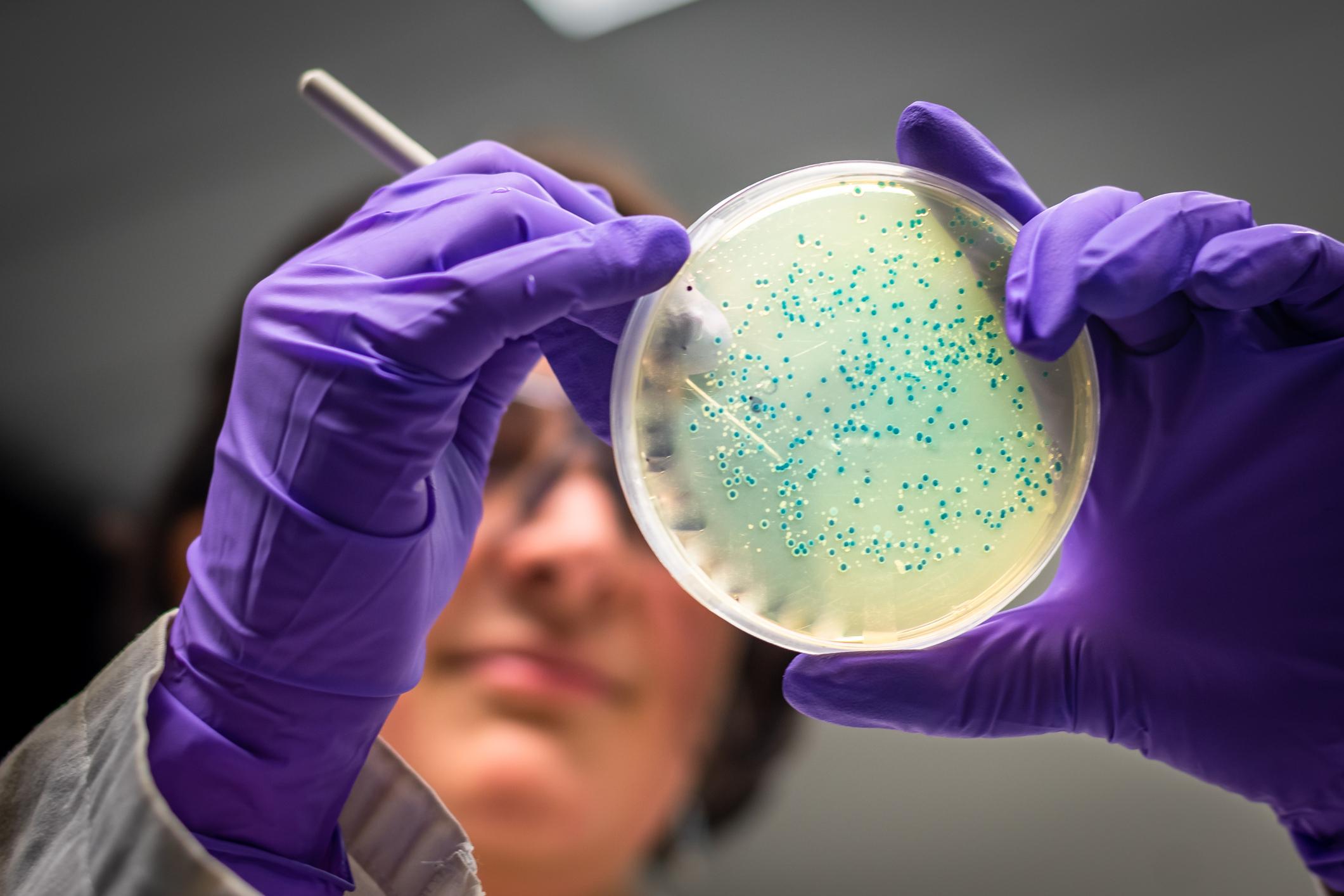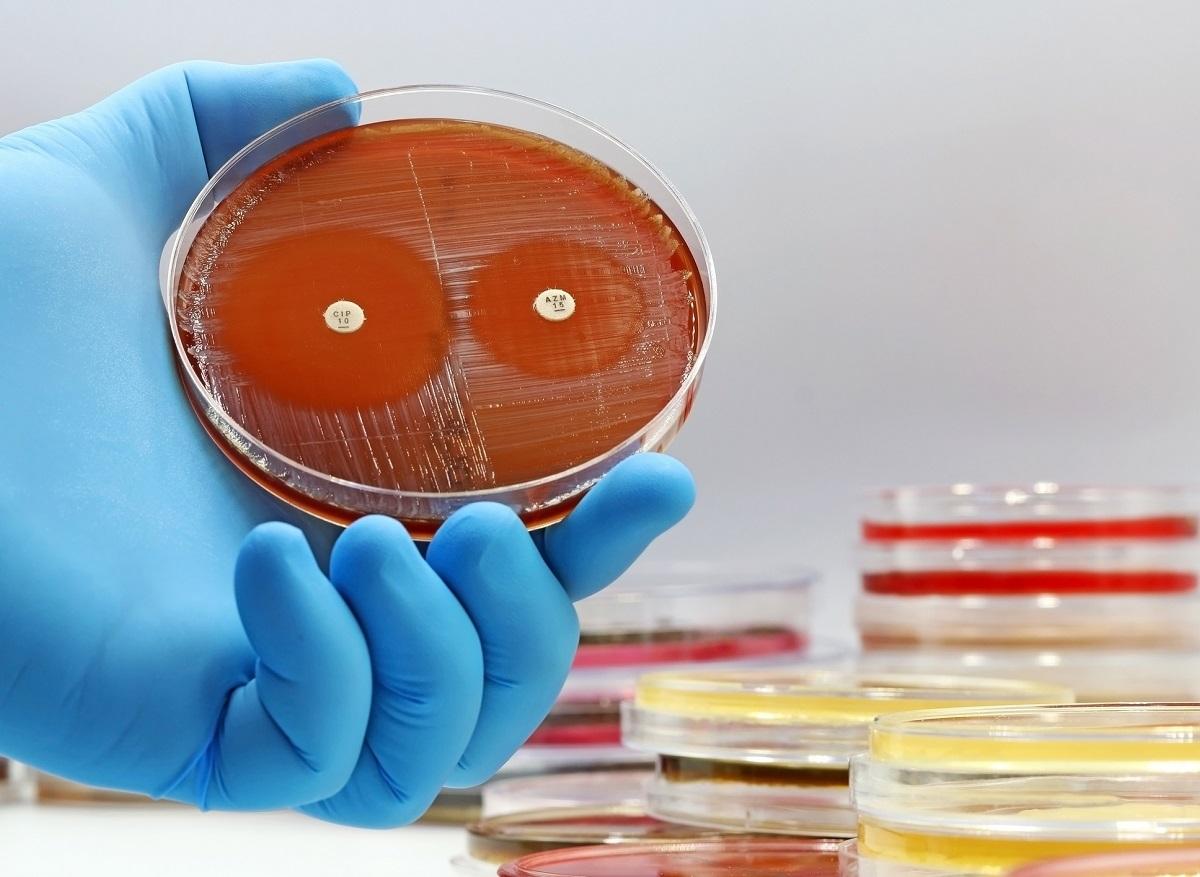To counter antibiotic resistance, many plants can serve as a basis for the design of new treatments.

- 459 natural products were included in the research, such as Brazilian pepper or European chestnut.
- In Europe, the European Center for Disease Control estimates that 25,000 deaths per year result from antibiotic resistance.
Scientists listed for the first time the plants that play a role in antibacterial activity, so that their work can serve as a guide in the design of new antibiotics, and thus combat pathogens that have become resistant.
Citrus, daisies, beans or mint
459 natural products were included in the research, such as Brazilian pepper or European chestnut, which inhibit bacteria resistant to antibiotics. More specifically, the triterpenoid acids of the Brazilian pepper tree “disarm” methicillin-resistant Staphylococcus aureus, known as MRSA, by blocking its ability to produce toxins. More common plants were also analyzed, such as citrus fruits, daisies, beans or mint.
“The introduction of plant-based natural products into the pharmaceutical industry is limited by the complexity of the discovery process”, explains Cassandra Quave, director of the study. “You have to first identify a promising plant candidate, then look at the hundreds of chemicals in it to identify the active compound, and finally manage to isolate enough of that compound to experiment on it.” continues the scientist.
Antibiotic resistance has become a real public health issue
In recent years, antibiotic resistance has become a real public health issue. It is correlated with the over-use of antibiotics which generates, over time, an increase in bacterial resistance, threatening the effectiveness of these treatments in the long term. In Europe, the European Center for Disease Control estimates that 25,000 deaths per year result from antibiotic resistance.
In the field of virology, two Lancet studies recently revealed the effectiveness of an influenza vaccine made from viruses or bacteria grown on plants, a hitherto unprecedented initiative.
.

















